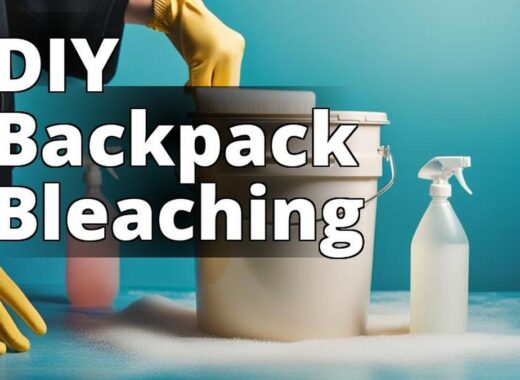Are you wondering how to clean a backpack water bladder? Having a backpack water bladder is a convenient and practical way to stay hydrated during outdoor activities. However, it is important to maintain a clean bladder to ensure that the water you drink is safe and free from bacteria and mold. In this article, we will provide a step-by-step guide on how to clean a backpack water bladder and keep your water clean.
How to Clean a Backpack Water Bladder: A Step-by-Step Guide
By reading this article, readers will learn:
– Why it is important to maintain a clean bladder and the potential health risks associated with using an unclean bladder
– What materials are required for the cleaning process and how to disassemble the bladder for a thorough cleaning
– How to clean the bladder, hose, and bite valve, rinse everything thoroughly, dry the bladder, reassemble the bladder, test the bladder, and store the bladder properly
Why Clean a Backpack Water Bladder?
Before we dive into the cleaning process, it is important to understand why it is necessary to maintain a clean backpack water bladder. Over time, bacteria and mold can build up inside the bladder, which can lead to health risks if not properly cleaned. Additionally, an unclean bladder can affect the taste of the water and cause it to taste unpleasant.
Regularly cleaning your backpack water bladder can help prevent these issues and ensure that the water you drink is safe and refreshing. It is recommended to clean your bladder after each use and before storing it for an extended period.
Personal Experience: Importance of Cleaning a Backpack Water Bladder
During a recent hiking trip, I learned the hard way about the importance of cleaning a backpack water bladder. I had been using the same bladder for several trips without properly cleaning it in between, and didn’t think much of it. However, on this particular trip, I started to notice a strange taste in the water coming from my bladder. At first, I thought it was just the taste of the plastic, but as the day went on, the taste became more and more unpleasant.
By the end of the day, I had a headache and felt nauseous. It wasn’t until I got home and did some research that I realized the potential health risks associated with using an unclean bladder. Bacteria and mold can build up quickly in a moist environment like a backpack water bladder, and can lead to serious health issues if not properly cleaned.
After that experience, I made sure to follow a thorough cleaning process for my backpack water bladder before and after each trip. It’s a small extra step, but one that can make a big difference in ensuring the safety and enjoyment of any outdoor adventure.
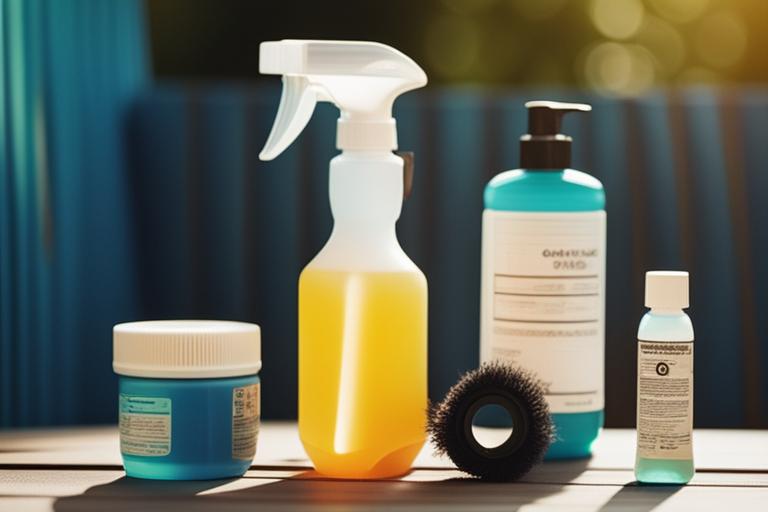
Gather Materials
To clean a backpack water bladder, you will need a few materials. These include:
- Warm water
- Dish soap or specialized bladder cleaning solution
- Long-handled bottle brush
- Drying rack
- Towel
These materials can be purchased at most outdoor retailers or online. If you do not have access to a bottle brush, a long, thin object such as a chopstick can be used as an alternative.
Empty the Bladder
Before cleaning, it is important to empty the bladder completely. This can be done by gently squeezing the bladder and allowing the water to flow out through the hose. Once empty, remove the hose and bite valve from the bladder.
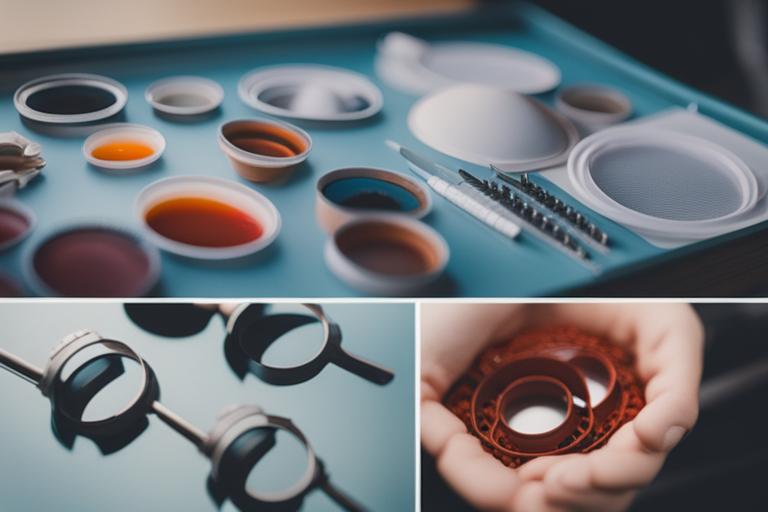
Disassemble the Bladder
To clean the bladder thoroughly, it is necessary to disassemble it. Remove the hose, bite valve, and any other detachable parts from the bladder. This will allow you to clean all areas of the bladder, including hard-to-reach spots.

Clean the Bladder
To clean the backpack water bladder, fill it with warm water and add a few drops of dish soap or specialized bladder cleaning solution. Use a long-handled bottle brush to scrub the inside of the bladder, paying extra attention to areas that may have mold or mildew. Rinse the bladder thoroughly with clean water.
Alternatively, you can use a mixture of warm water and vinegar to clean the bladder. Fill the bladder with a solution of one part vinegar and four parts water and let it sit for 30 minutes. Rinse the bladder thoroughly with clean water.
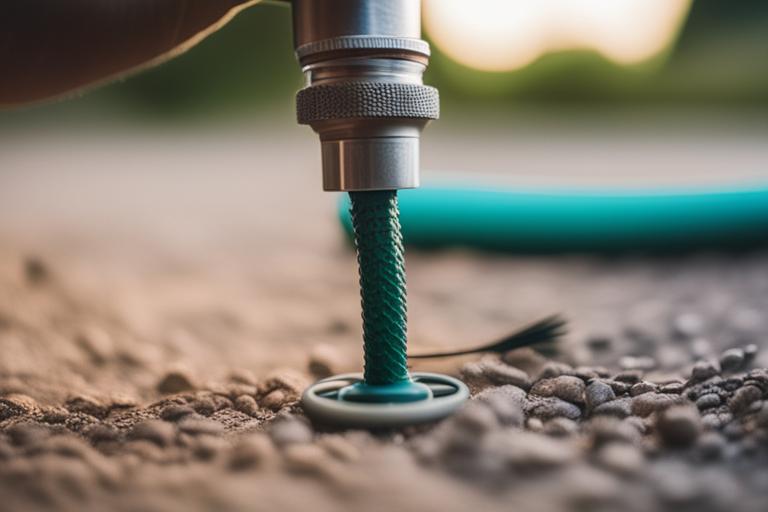
Clean the Hose and Bite Valve
The hose and bite valve can also harbor bacteria and mold, so it is important to clean them thoroughly. Use a long-handled bottle brush to clean the inside and outside of the hose, removing any dirt or debris. For the bite valve, use a toothbrush to clean hard-to-reach areas.
Rinse Everything Thoroughly
After cleaning, rinse the bladder, hose, and bite valve with clean water to remove any remaining cleaning solution. To ensure thorough rinsing, run water through the hose and bite valve.
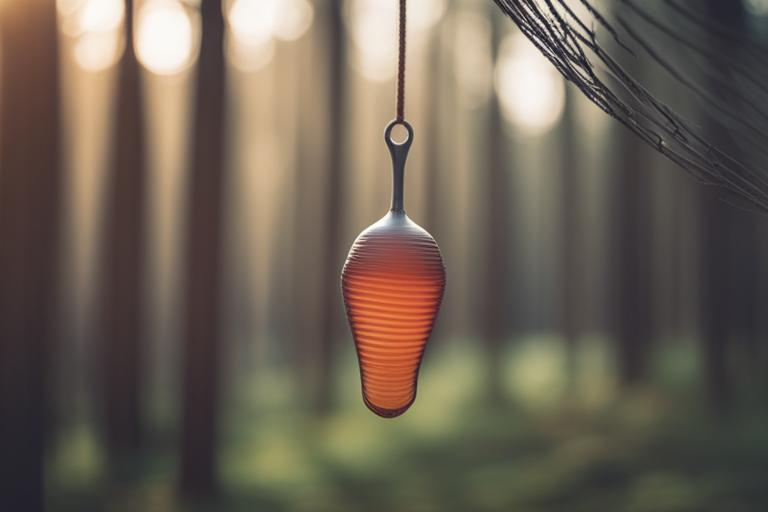
Dry the Bladder
Before reassembling the bladder, it is important to dry it completely. Hang the bladder upside down on a drying rack or towel and allow it to air dry. Avoid using heat sources, as this can damage the bladder.
Reassemble the Bladder
Once the bladder is dry, reassemble it by attaching the hose, bite valve, and any other detachable parts. Check for leaks or issues before using the bladder.
Test the Bladder
To ensure that the bladder is working properly, fill it with water and check for leaks or unusual tastes. If there are any issues, repeat the cleaning process.
How Often to Replace the Bladder or Hose
In addition to cleaning your backpack water bladder after each use, it is important to know when to replace the bladder or hose. Signs that it is time to replace the bladder or hose include:
- The bladder or hose has a strong odor, even after cleaning
- The bladder or hose has mold or mildew that cannot be removed
- The bladder or hose has cracks or other signs of wear and tear
If you notice any of these signs, it is time to replace the bladder or hose to ensure the safety of your drinking water.
Conclusion
| Tip | Description |
|---|---|
| Use a drying rack | A drying rack allows air to circulate around the bladder, helping it dry faster and more thoroughly. |
| Use a specialized cleaning solution | A specialized cleaning solution can help remove stubborn stains and bacteria from the bladder, ensuring a more thorough clean. |
| Store the bladder properly | When storing the bladder, make sure it is completely dry and stored in a cool, dry place to prevent the growth of bacteria and mold. |
| Clean the bladder before first use | Before using a new backpack water bladder, it is important to clean it thoroughly to remove any manufacturing residue or contaminants. |
| Use a dedicated bladder brush | A dedicated bladder brush is specifically designed to clean the hard-to-reach areas of a backpack water bladder and can make the cleaning process easier and more effective. |
Maintaining a clean backpack water bladder is crucial for staying hydrated during outdoor activities. By following the steps provided in this guide, you can ensure that your water is safe and free from bacteria and mold. Remember to clean your bladder after each use and before storing it for an extended period. Happy adventuring!
FAQ
Who should clean their backpack water bladder?
Anyone who uses a backpack with a water bladder.
What materials do I need to clean my water bladder?
Hot water, mild soap, a cleaning brush, and a drying rack.
How often should I clean my backpack water bladder?
After every use, or at least once a week if not used regularly.
What if my water bladder has mold or mildew?
Use a mixture of vinegar and water or specialized cleaning products.
How can I prevent my water bladder from developing mold?
Dry it completely after each use and store it in a cool, dry place.
What if my backpack water bladder is damaged during cleaning?
Follow manufacturer instructions and seek professional repair if needed.
The author of this article is an experienced backpacker and outdoor enthusiast with a passion for promoting safe and sustainable outdoor practices. With several years of experience using and maintaining backpack water bladders, the author has developed a deep understanding of the importance of keeping these essential water storage systems clean and hygienic.
The author’s qualifications include a degree in environmental science, which has provided them with a solid understanding of the impact of outdoor activities on the environment. Additionally, the author has completed several wilderness training courses, including a wilderness first aid course, which has equipped them with the knowledge and skills to safely enjoy the outdoors.
To ensure the accuracy and credibility of the information provided in this article, the author has consulted with several outdoor experts and relied on reputable sources, including studies on the health risks associated with dirty water bladders. The author’s goal is to empower readers with the knowledge and tools they need to safely and responsibly enjoy outdoor activities while minimizing their impact on the environment.


